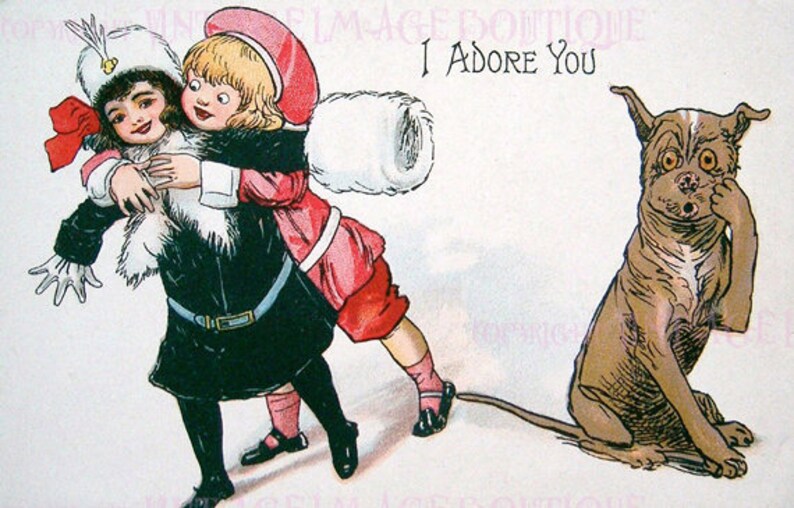
EXCEEDINGLY RARE and a very lovely copy as well. Only one copy located on OCLC/WorldCat (The Strong: Brian Sutton-Smith Library and Archives of Play).
#Buster brown and mary jane full#
Their travels take them to a ranch, a tannery, the cotton mills, a lumber camp, a coal mine, the Buster Brown Shoe Factory, the iron mills, a farm, a flour mill, a paper mill and a gold mine each page features a full color drawing of the traveling trio at one of these locations, along with a four-line poem about the industry being visited the fourth line of each poem is invariably "The Buster Brown Blue Ribbon Shoe." If one were to suspect that this book was just one long cute advertisement for Buster Brown Blue Ribbon Shoes, one would be correct.

Outcault with full color drawings on every page Buster Brown, Mary Jane and Tige travel by train to visit sites of various industries associated with the production of Buster Brown Blue Ribbon Shoes. Staple bound glazed paper wrappers with titles printed in black and red, and color drawings of Buster Brown, Mary Jane and Tige to front wrapper, and an advertisement for Buster Brown Blue Ribbon Shoes to back wrapper with minor spotting for what is a very attractive copy of the book. I imagine that his daughter was thrilled hearing about the role her namesake, Buster’s best friend Mary Jane, played in Buster Brown’s antics! Buster best (human) friend, Mary Jane.

Outcault published Tige - His Story in 1905, dedicating the book to his children. The traditional story book format is more suited to be read to younger children, while still delighting them with charming illustrations of the popular characters, which are interspersed throughout the volume. Since Tige - His Story, is written entirely from the pet’s view, the book treats readers to a different perspective on the duo’s escapades, beginning with the day Buster and Tige met. In the weekly cartoon installments, Tige the pet bull dog, who is Buster’s faithful companion, offers his comments and thoughts for the benefit of the reader (since the comic strip characters cannot understand him or any of the other animals, that occasionally pop up in the stories.) It is another testimony to the popularity of the comic strip that the name of the main character, Buster Brown, can be left out of the title entirely and Outcault could still count on the audience to recognize the book as related to the Buster Brown series. Tige suffering through one of Buster's pranks that even scared the boy himself.
#Buster brown and mary jane series#
Nevertheless, the series was hugely successful, so much so, that the characters were used to market products from food and cigars to clothing and shoes. The adventures of Buster Brown, the mischievous son of wealthy, urban parents, were considered subversive by some and conservative by others. U67 T5 1905Īfter the success of Hogan Alley, that ran in the New York World for a little over a year in the mid-1890s, Outcault created Buster Brown, a regular feature in the New York Herald, beginning in 1902. Outcault (1863-1928), who is also the creator of some of the first modern-style cartoon characters.įront cover showing Buster Brown's pet bull dog Tige in front of one of the resolutions that Buster draws up at the end of each story. While compiling a list of primary sources that could serve as examples for different writing styles and genres, I came across the children’s book Tige - His Story, written and illustrated by R. Buster Brown Little Kid/Big Kid Cameron Mary Jane,Brown,2.5 M US Little Kid, B001BNE9T8, 017136583406, 001713658340 at camelcamelcamel: Amazon price tracker.

Take for instance a freshmen seminar like ENGL150W Writers about Writing. The Chapin-Horowitz Collection is my go-to treasure-trove for fun and unexpected sources on pretty much any undergraduate course topic that comes our way during the school year.


 0 kommentar(er)
0 kommentar(er)
